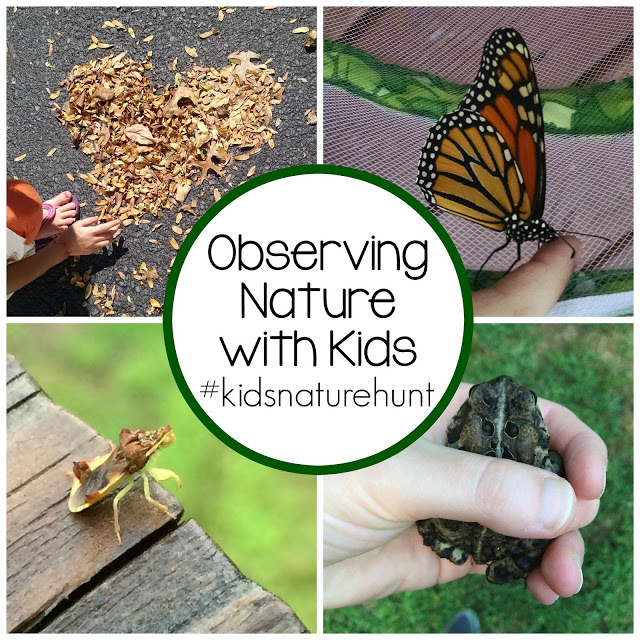Night Hunter Strategies: Effective Techniques For Observing Nocturnal Animals

Table of Contents
Choosing the Right Location and Time
Successful nocturnal wildlife observation hinges on selecting the right location and time. Understanding the habits of your target species is paramount.
Habitat Selection
Different nocturnal animals thrive in specific habitats. Consider these factors when choosing your observation location:
- Prey Availability: Owls, for example, will be found in areas with abundant small mammals like mice and voles.
- Cover: Nocturnal animals need places to hide and rest during the day. Dense forests, thickets, and rocky outcrops provide ideal cover.
- Water Sources: Access to water is crucial for many animals. Rivers, streams, and ponds can be excellent observation points.
Consider the specific habitat preferences of your target species:
- Forests: Owls, bats, raccoons, and possums are commonly found in forests.
- Grasslands: Coyotes, foxes, and certain bat species inhabit grasslands.
- Wetlands: Frogs, toads, and various insects are active at night in wetlands.
Thorough research into the preferred habitat of your target nocturnal animal is key to successful observation.
Timing is Crucial
The timing of your observation significantly impacts your success. Several factors influence visibility and animal behavior:
- Moon Phases: A new moon provides the darkest nights, ideal for observing light-sensitive animals. A full moon, while offering more light, can make animals less active.
- Weather Conditions: Cloudy nights can reduce visibility, while clear, calm nights are often best. Rain or strong winds can significantly impact animal activity.
- Animal Activity Patterns: Research the peak activity times for your target species. Some animals are most active just after sunset, while others prefer the hours before dawn.
Understanding these factors allows you to maximize your chances of observing nocturnal wildlife.
Essential Equipment for Nighttime Wildlife Observation
The right equipment enhances your night hunter strategies and improves your chances of a successful observation.
Optics and Lighting
- Night Vision Goggles or Binoculars: These are invaluable tools for observing animals in low-light conditions. Consider the various types available, from passive to active night vision systems, weighing the cost and performance differences.
- Red Light Headlamps: Red light is less disruptive to nocturnal animals’ night vision than white light. Opt for a headlamp with adjustable brightness to minimize light pollution.
Remember to minimize light pollution to avoid disturbing animal behavior.
Other Gear
Several other items are vital for a safe and productive night observation:
- Camera: A camera with low-light capabilities, a fast shutter speed, and a high ISO setting will allow you to capture stunning images of nocturnal wildlife.
- Comfortable Clothing: Dress in layers to adapt to changing temperatures.
- Insect Repellent: Protect yourself from insect bites, especially in warmer months.
- First-Aid Kit: Be prepared for minor injuries.
- Map/GPS: Navigate unfamiliar terrain safely.
- Wildlife identification apps: Utilize apps that can help you identify animal sounds and tracks.
Being prepared for various weather conditions and potential scenarios is crucial.
Stealth and Observation Techniques for Night Hunters
Patience and skill are essential components of successful night hunter strategies.
Approaching Animals Quietly
Minimizing noise and scent is critical to avoiding detection:
- Wind Direction: Move against the wind to prevent your scent from reaching the animals.
- Slow and Deliberate Movements: Avoid sudden movements that might startle animals.
- Camouflage Clothing: Clothing in earth tones can help you blend into your surroundings.
Approaching animals with stealth greatly increases your chances of observing them undisturbed.
Patient Observation
Patience and stillness are paramount:
- Remain Undected: Use natural cover to conceal yourself, and stay perfectly still once you've found your observation spot.
- Ethical Considerations: Maintain a safe distance from animals, and avoid any actions that might disturb them. Remember that your primary goal is observation, not interaction.
Using Senses Beyond Sight
Engage all your senses to detect nocturnal animals:
- Listening for Characteristic Sounds: Owls hooting, crickets chirping, or the rustling of leaves can all indicate the presence of wildlife.
- Identifying Animal Tracks and Droppings: These signs can provide clues about the animals present in the area.
Utilizing all your senses enhances your effectiveness as a night hunter.
Safety Considerations for Nighttime Wildlife Observation
Safety should always be your top priority when engaging in nighttime wildlife observation:
- Potential Hazards: Be aware of potential dangers like wildlife encounters, uneven terrain, and changing weather conditions.
- Go with a Partner: Always go with a buddy for safety and added observation capabilities.
- Personal Locator Beacon (PLB): Carry a PLB or similar device in case of emergencies.
- Inform Someone of Your Plans: Let someone know where you're going and when you expect to return.
Prioritizing safety ensures that your night hunting adventures are both productive and safe.
Conclusion
Mastering night hunter strategies involves a combination of careful planning, effective equipment use, keen observation skills, and a strong commitment to safety. By choosing the right locations and times, utilizing appropriate equipment, employing stealthy techniques, and prioritizing safety, you can unlock the wonders of the nocturnal world. Embrace the challenge! With careful planning and respect for the natural world, you can unlock the wonders of nocturnal wildlife observation using these effective night hunter strategies.

Featured Posts
-
 Vatican Conclave Profiling The Nine Leading Candidates To Replace Pope Francis
May 11, 2025
Vatican Conclave Profiling The Nine Leading Candidates To Replace Pope Francis
May 11, 2025 -
 Payton Pritchard Nba Sixth Man Of The Year A Celtics Triumph
May 11, 2025
Payton Pritchard Nba Sixth Man Of The Year A Celtics Triumph
May 11, 2025 -
 Is Aaron Judge Headed To The 2026 World Baseball Classic With Team Usa
May 11, 2025
Is Aaron Judge Headed To The 2026 World Baseball Classic With Team Usa
May 11, 2025 -
 China Recibe Tres Toros Como Obsequio Del Presidente De Uruguay A Xi Jinping
May 11, 2025
China Recibe Tres Toros Como Obsequio Del Presidente De Uruguay A Xi Jinping
May 11, 2025 -
 Chantal Ladesou Entretiens Et Anecdotes
May 11, 2025
Chantal Ladesou Entretiens Et Anecdotes
May 11, 2025
